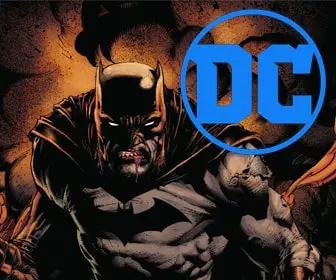
Neal Adams’ X-Men: Reviving Marvel’s Mutants
The Adams Era: A Turning Point
In the late 1960s, Marvel’s X-Men series faced declining popularity and the threat of cancellation. Enter Neal Adams, an artist whose dynamic style and innovative storytelling breathed new life into the struggling series. Adams’ run, though brief, is remembered as a pivotal moment in the history of the X-Men, setting the stage for the series’ future success.
Artistic Innovation: A New Visual Language
Neal Adams‘ approach to the X-Men was revolutionary. His artwork was characterized by dynamic layouts, dramatic perspectives, and a fluidity that brought a cinematic quality to the comics. His ability to convey emotion and motion transformed the visual narrative of the X-Men, making the series more engaging and visually striking.
Storytelling Brilliance: Collaboration with Roy Thomas
Working alongside writer Roy Thomas, Adams helped to introduce complex, character-driven stories. They delved deeper into the personal struggles and ethical dilemmas of the mutants, adding layers to their personalities and relationships. This era saw the introduction of pivotal characters and story arcs that would become central to the X-Men lore.
Iconic Issues: Landmark Stories
Neal Adams‘ tenure on the X-Men, though short, produced some of the series’ most memorable issues. These include the introduction of the villainous Sentinels, the expansion of the X-Men universe with new characters and locations, and stories that tackled social issues – a hallmark of the X-Men series.
Impact on the X-Men Mythos
Adams’ work on the X-Men laid the groundwork for the series’ later success. His emphasis on character development and more sophisticated storytelling resonated with readers and set a new standard for the series. The themes and narrative style introduced during his run would be expanded upon in later years, helping to transform the X-Men into one of Marvel’s most popular and enduring franchises.
Collectors
Neal Adams, renowned for his dynamic and influential artwork, worked on several issues of “The Uncanny X-Men” during his tenure at Marvel Comics. The issues of “The Uncanny X-Men” that Neal Adams worked on are:
- Issue #56 (May 1969): “What is… The Power?”
- Issue #57 (June 1969): “The Sentinels Live!”
- Issue #58 (July 1969): “Mission: Murder!”
- Issue #59 (August 1969): “Do or Die, Baby!”
- Issue #60 (September 1969): “In the Shadow of… Sauron!”
- Issue #61 (October 1969): “Monsters Also Weep!”
- Issue #62 (November 1969): “Strangers…In a Savage Land!”
- Issue #63 (December 1969): “War in the World Below!”
Adams’ work on these issues is notable for its dynamic visuals and innovative storytelling, which helped to rejuvenate the series during a critical period. His influence on the X-Men series and on comic book art in general remains highly regarded.
Denouement: A Legacy Honored
Neal Adams‘ run on the X-Men is a significant chapter in the history of the series. While his time with the X-Men was brief, his impact was lasting. Adams not only revived the series at a crucial time but also redefined what superhero comics could be. His work is celebrated for its creativity, innovation, and for paving the way for the future of the X-Men.
In conclusion, Neal Adams‘ run on the X-Men is a testament to the power of creative vision in the comic book world. His artistic genius and storytelling prowess transformed a struggling series into a cornerstone of the Marvel Universe, leaving an indelible mark on the X-Men and inspiring generations of artists and writers.













